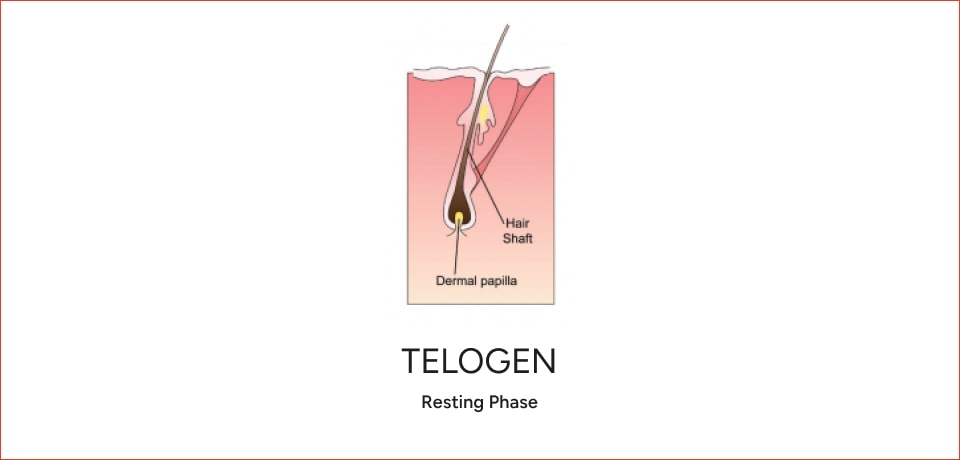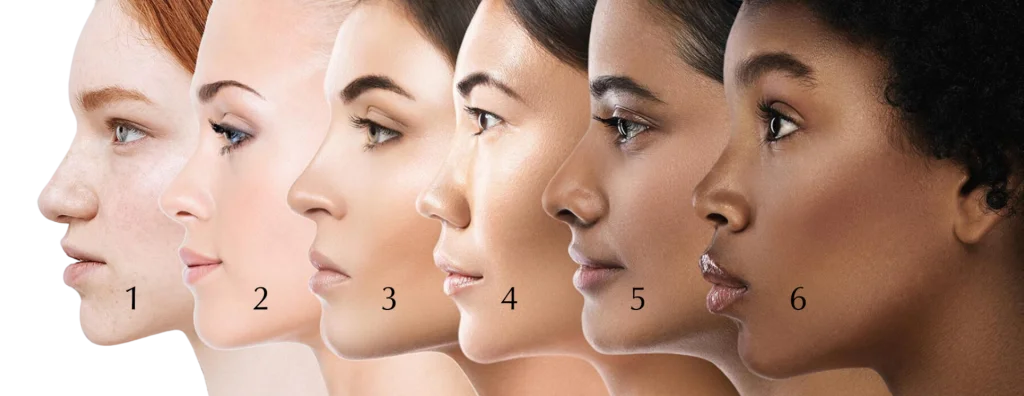Learn more about laser hair removal and how it works!
Do you know where you are on the Fitzpatrick scale of skin tone? This is the best time to familiarize yourself on hair growth cycles and the overall process of laser hair removal.

What you need to know about hair growth cycle
While your hair follicles grow in repeated cycles, they do not grow at the same time. Each strand has their own pacing. For instance, one hair strand’s first stage may be another strand’s last. Therefore, when you undergo laser hair removal, just know that not all hair is zapped away forever, and that’s normal.
Every time a new cycle of hair growth occurs, there are three stages that occur known as: Anagen, Catagen, and Telogen, which we will discuss further below.
A closer look on the three stages of hair growth
Anagen

Catagan

Telogen


How exactly does laser hair removal work? Why is it the most effective way to remove hair? This is because of a process called selective photo thermolysis where the melanin found in the hair follicle absorbs heat from the laser. Melanin serves as a good heat conductor, which makes it a good attractor for the laser beam. As the energy from the beam is converted to heat, it zaps off the hair, travelling to shaft up until the bulb itself. This is where your dermal papilla – the cell responsible for regulating hair growth – sheds off after it gets contact with heat.
When done regularly, the laser removal procedure will reduce hair growth and make it finer over time. Ideally, it should take after two sessions to see the effects.
Familiarize yourself with your skin tone




